Books
06.01.17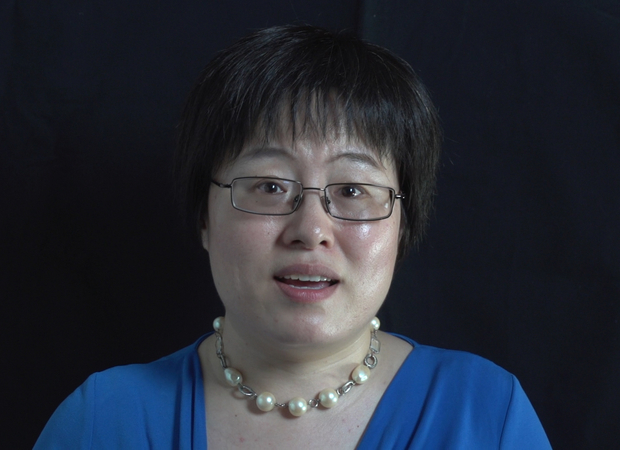
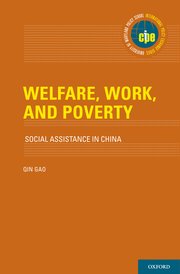
Welfare, Work, and Poverty
Welfare, Work, and Poverty provides the first systematic and comprehensive evaluation of the impacts and effectiveness of China’s primary social assistance program—the “dibao,” or “Minimum Livelihood Guarantee”—since its inception in 1993. The dibao serves the dual function of providing a basic safety net for the poor and maintaining social and political stability. Despite currently being the world’s largest welfare program in terms of population coverage, evidence on the dibao’s performance has been lacking. This book offers important new empirical evidence and draws policy lessons that are timely and useful for both China and beyond. Specifically, author Qin Gao addresses the following questions:How effective has the dibao been in targeting the poor and alleviating poverty?Have dibao recipients been dependent on welfare or able to move from welfare to work?How has the dibao affected recipients’ consumption patterns and subjective well-being?Do they use dibao subsidies to meet survival needs (such as food, clothing, and shelter) or to invest in human capital (such as health and education)?Are they distressed by the stigma associated with receiving dibao, or do they become more optimistic about the future and enjoy greater life satisfaction because of dibao support?And finally, what policy lessons can we learn from the existing evidence in order to strengthen and improve the dibao in the future?Answers to these questions not only help us gain an in-depth understanding of the dibao’s performance, but also add the Chinese case to the growing international literature on comparative welfare studies. Welfare, Work, and Poverty is essential reading for political scientists, economists, sociologists, public policy researchers, and social workers interested in learning about and understanding contemporary China. —Oxford University Press{chop}Related Reading:“Welfare, Work, and Poverty: How Effective is Social Assistance in China?,” by Qin Gao, China Policy Institute: Analysis
Green Space
05.11.16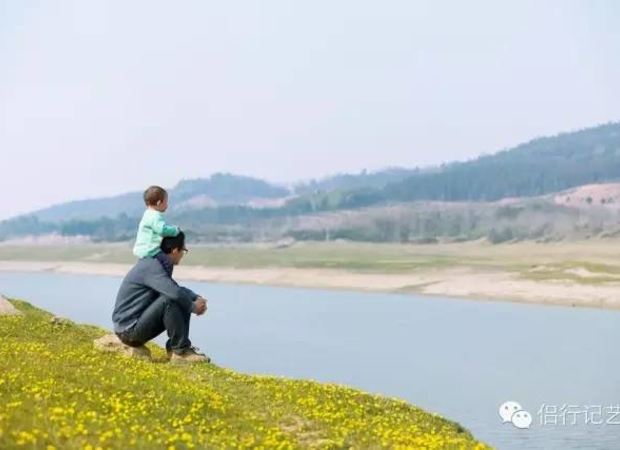
The Dark Side of Country Life
The last time we peeked at Lei Hu’s photo blog, Lei was giving us a cheery look at a China that we rarely get to see: the countryside and its beauty. But there’s a dark side to country life in China, as well, and a new blog post from Lei explores...
Depth of Field
04.03.16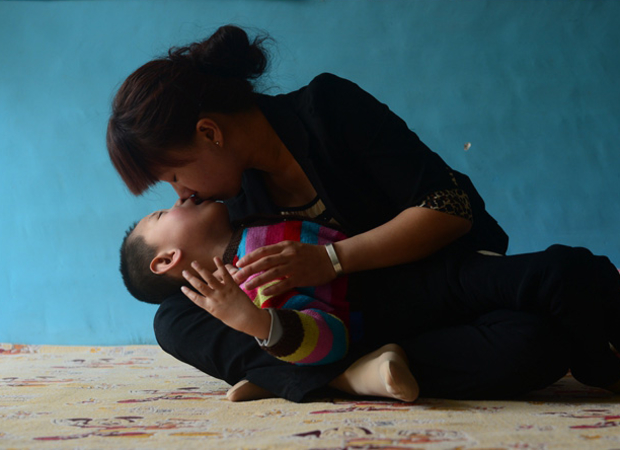
Meet ‘Depth of Field’: The Month’s Best Chinese Photojournalism
from Yuanjin Photo
Welcome to ChinaFile’s inaugural “Depth of Field” column. In collaboration with Yuanjin Photo, an independent photo blog published by photographers Yan Cong and Ye Ming on the Chinese social media platform WeChat, we will highlight new and...
Reports
04.01.10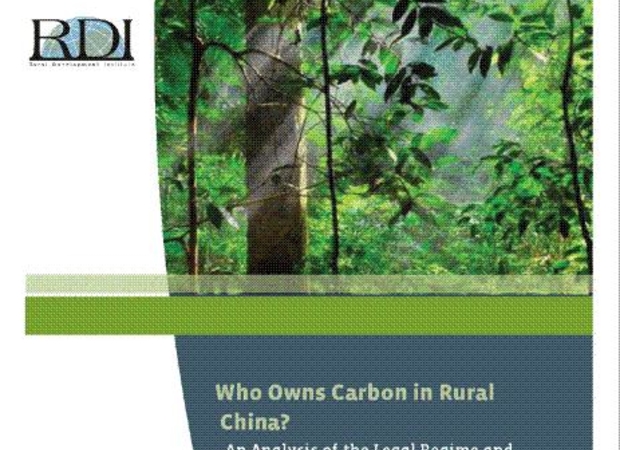
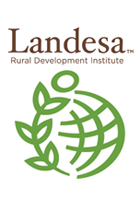
Who Owns Carbon in Rural China?
He Jianan
Landesa
Despite decades of rapid economic growth in China, rural areas remain largely undeveloped. Rural China is home to more than 195 million hectares of forestland—the equivalent of around 5 billion tons of carbon. Rights to forestland are either 1)...



